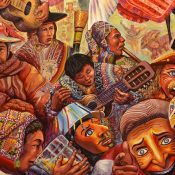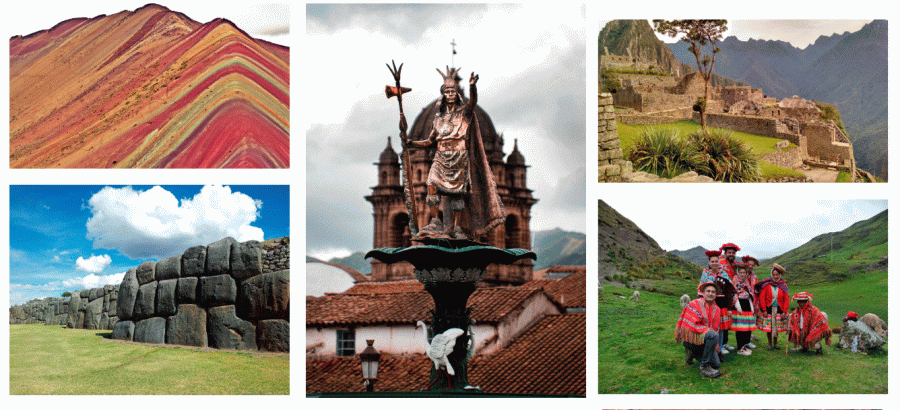
Peru, a country of ancient traditions
COUNTRY OF ANCIENT TRADITIONS, DELICIOUS GASTRONOMY, AND
BREATHTAKING LANDSCAPES
Do you want to know why you should visit Peru?
In Peru, you will always find a place that will amaze you. Whether you are in the Sacred Valley learning about Cusco’s millenary history, in Lima enjoying a delicious cebiche, in Tambopata having direct contact with its dazzling flora and fauna, or exploring Machupicchu, one of the Seven Wonders of the Modern World.
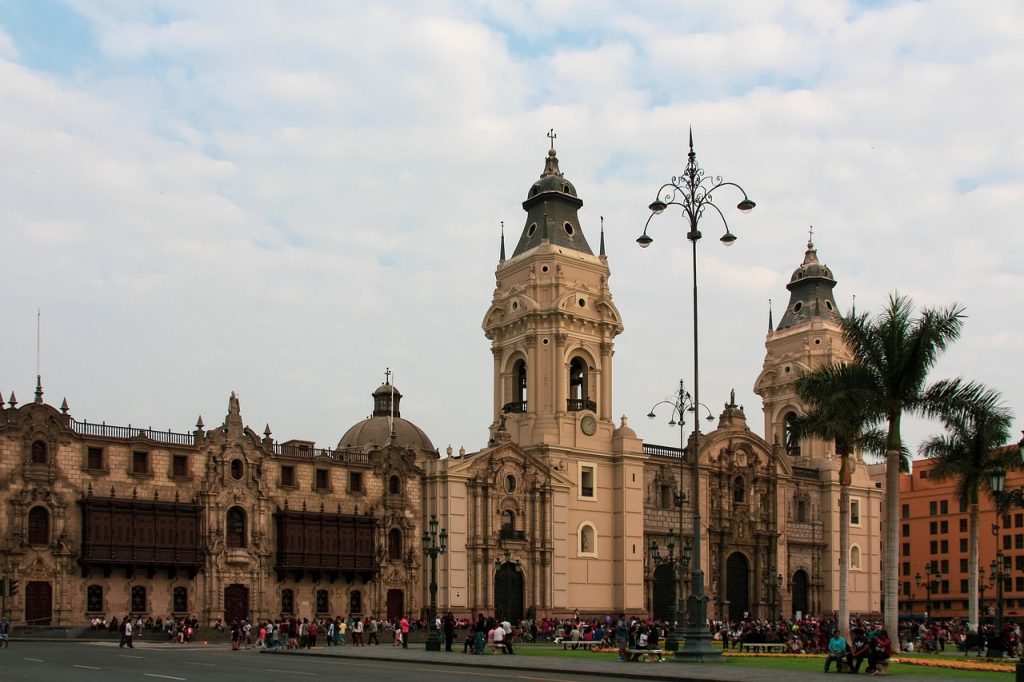
It´s wacky, it´s wonderful – yet it sometimes feels like the Wild West. Just over nine million inhabitants crowd into Peru´s capital, giving i tan Edge that the few other cities in South America have. Lima, the second-largest desert city in the world.
Peru´s capital city is an ever-evolving conurbation imbued with fascinating contrasts and nuances that can transport you in no time from the splendor of colonial architecture to pre-inca pyramids to ultramodern shopping malls. Lima will appeal to you in different ways.
Principal Tours: Lima has enough museums, churches and colonial houses to keep a sightseer happy for weeks. The museums are among the best in the country. The many churches, monasterios and convents are a welcome break from the city´s noisy traffic. There are several pre-inca ruins within the city, oddly juxtaposed with the modern urban landscape; the main ones are in San Isidro and Miraflores.
SOUTH COAST
Peru´s southern coastal desert is refresed by palmo ases and spanned by a ribbon of pavement, these lowlands gave birth to some extraordinary pre-columbian civilizations, especially the Nazca.
Peru´s south coast is an ideal place tol et your wanderlust run wild. You´ll always find something quirky or interesting at the end of these desert roads.
ISLAS BALLESTAS (0m a.s.l.)
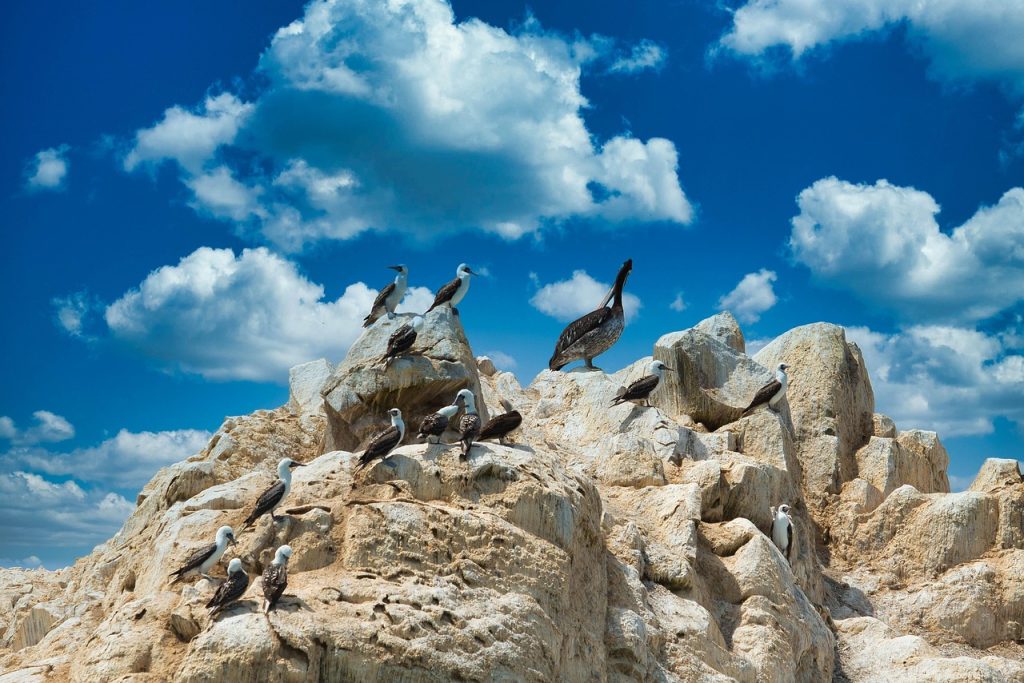
Islas Ballestas make for a memorable excursión. The only way to get there is with a boat tour. Although you can get close enough to the wildlife for a Good look, some species, specially the pinguins, are more visible with binoculars.
RESERVA NACIONAL DE PARACAS (7m a.s.l.)
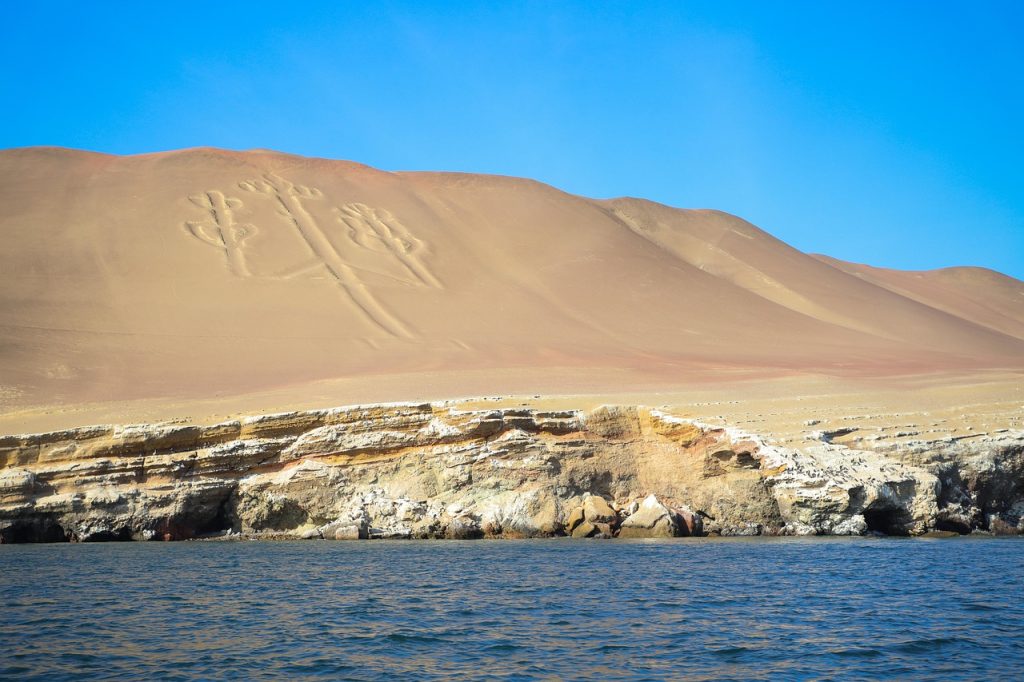
Paracas National Reserve is a protected area in the region of Ica, Peru and protects desert and marine ecosystems for their conservation and sustainable use. There are also archaeological remains of the Paracas culture inside the reserve. This vast desert reserve occupies most of the Península de Paracas.
The Paracas National Reserve houses a great biological diversity, especially in the marine-coastal part. It is estimated that there are about 216 species of birds, 36 of mammals, 10 of reptiles, 168 of fish and a large number of invertebrates that are an initial part of the trophic chain of this important place.
HUACACHINA (406m a.s.l.)

Huacachina, just 5km west of Ica, this tiny oasis surrounded by towering, sand dunes nestles next to a pisturesque lagoon that features on the back of Peru´s. Graceful palm trees, exotic flowers and attractive Antique buildings testify to the by gone glamour of this resort.
Nazca Lines:
The best-known lines are found in the desert 20km north of Nazca, and by far the best way to appreciate them is to get a bird´s-eye view from a sobrevuelo (overflight).
AREQUIPA (2.335m a.s.l.)

The irresistibly sexy city of Arequipa, known as the White City, is surrounded by some of the wildest terrain in Peru. This is the land of active snowy volcanoes, high-altitude deserts, themal hot springs, salt lakes. Second-largest city is often dismissed as an overland layover. Don´t miss exploring the spectacular landscape that surrounds the city eirther, the famous Cañón Del Colca or Colca Canyon, shadowed by snow-topped volcanoes, and possesing one of the best places to Marvel at the fligh of the Andean Condor. More untrammeled roads, such as those in the Cañón del Cotahuasi, await adventorous souls, passing ancient ruins, waterfalls, hot springs.
PUNO (3.830m a.s.l.)
The small port of Puno is by far the most convenient departure point to make forays to Lake Titicaca´s various islands or to surrounding archaeological sites. For many travelers to Peru, Puno is the highest place at which they´ll spend any amount of time. The weather at this altitude can be extreme. It´s very cold at night – particulary during the Winter months of June, July and August, when temperatures can drp well below freezing.
THE TITIKAKA LAKE (3.812m a.s.l.)

Titikaka Lake or Titicaca Lake, is called the word´s highest simply because it has frequent passenger boats and is better known that other higher lakes. There are many reasons to linger in the área, not the least of which is the incredibly luminescent quality of the sunlight on Peru´s high plain, the altiplano. Horizons seem limitless, and the earhty tones of the scenery are as Deep as the lake itself. These colors are reflected in the nut-brown faces of the people of the altiplano, as well as in their colonial churches and archaeological monuments, several or which are well worth visiting.
CUSCO (3.400m a.s.l)

As the heart of the once mighty Inca empire, the magnetic city of Cusco heads the list of many a traveler´s itinerary. Each year it draws hundreds of thousands of tourists to its cobbled streets, lured by the city´s unique combination of colonial and religious splendors built on the hefty Stone foundations of the Incas.
The high-flying Andean city of Cusco (also Qosq’o in the quechua language). Few travelers to Peru Will skip visiting this premier South American destination, which is also the Gateway to Machu Picchu. Cusco is the archaeological capital of the Americas an the continente’s oldest continuously inhabited city. Massive Inca-built Stone walls line most of Cusco’s central streets and form the foundations of colonial and modern buildings. The streets are often stepped. Every tourist falls in love and is surprised at the same time.
AGUAS CALIENTES – MACHU PICCHU (2.430m a.s.l)
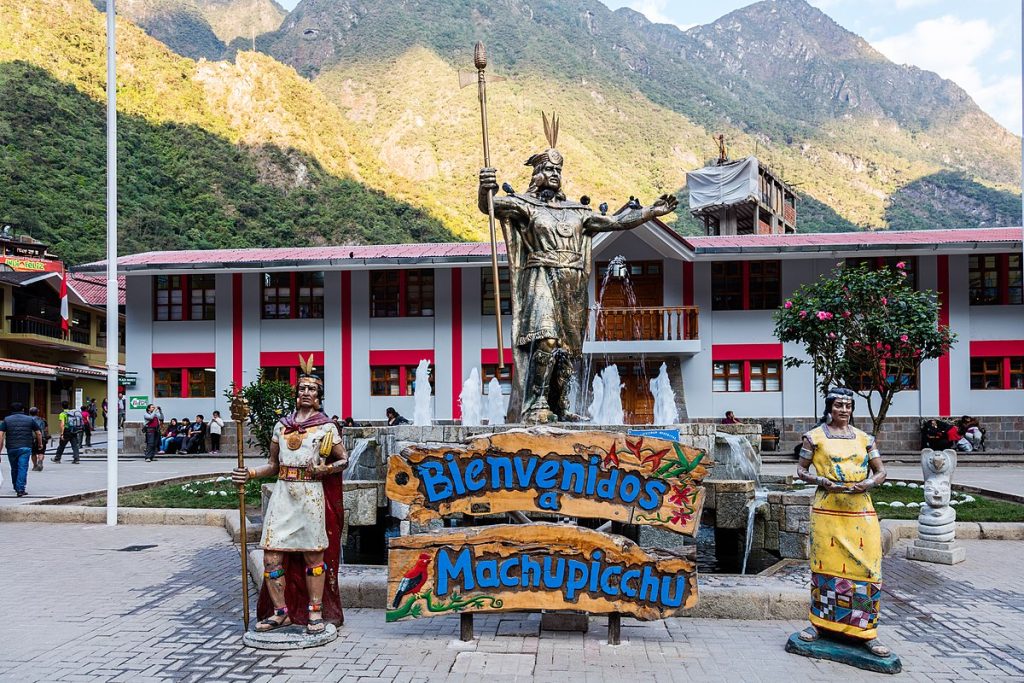
Aguas Calientes village, also known as Machu Picchu Pueblo, this town lies in the deep valley below the ancient Inca ruins and enclosed by towering walls of Stone and cloud forest.
Machu Picchu for many visitors to Peru and even South America, a visit to the lost Inca city is the sweet cherry on the top of their trip. With is spectacular location, is the best-known archaeological site on the continente. This awe-inspiring ancient city was never revealed to the conquering Spaniards and was virtually forgotten until the early parto f the 20th century.
As Peru’s showpiece site, everyone wants a piece of Machu Picchu. Even as thousands of visitors Marvel at the untouchable beauty of Machu Picchu.
VINICUNCA MOUNTAIN (5.200m a.s.l)
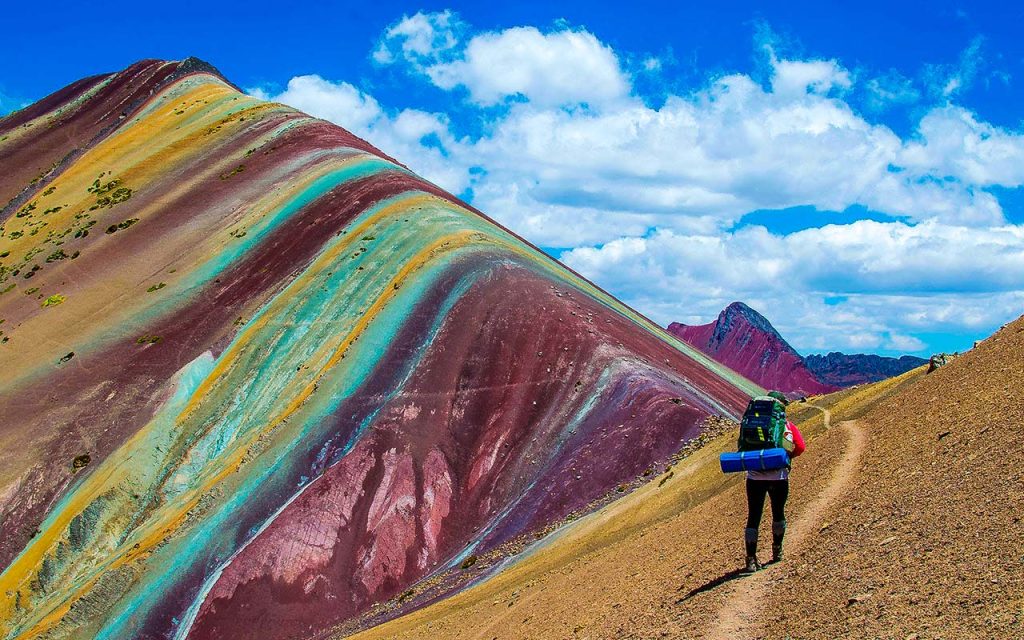
Vinicunca Mountain, also known as Rainbow
Mountain or “Montaña de Siete Colores”, is a mountain in the Peruvian Andes. It’s a popular tourist destination and a geological wonder.
Located in the Cusco region of Peru, In the Vilcanota mountain range, Between Cusipata District and Pitumarca District, Near the snowy mountain Ausangate. The mountain’s surface is made up of many colors, including pink, white, red, green, blue, brown, and yellow. The colors are due to erosion of sedimentary stones. The mountain is made up of 14 different colorful minerals, including turquoise, lavender, and gold.
HUMANTAY LAKE (4.200m a.s.l)

Humantay Lake is a glacial lake in the Cusco region of Peru. It’s a popular tourist destination known for its turquoise waters and snow-capped mountains. The lake is also sacred to many andean people. Located in the Cordillera Vilcabamba mountain range, in the community of Soraypampa, in the town of Mollepata. These fantastic colors come from the mineral-filled runoff from the melting glaciers around the Humantay and Salkantay Mountains.
Discover everything you need to know about Humantay Lake hiking guide to Cusco’s beautiful emerald lake.
AMAZON BASIN
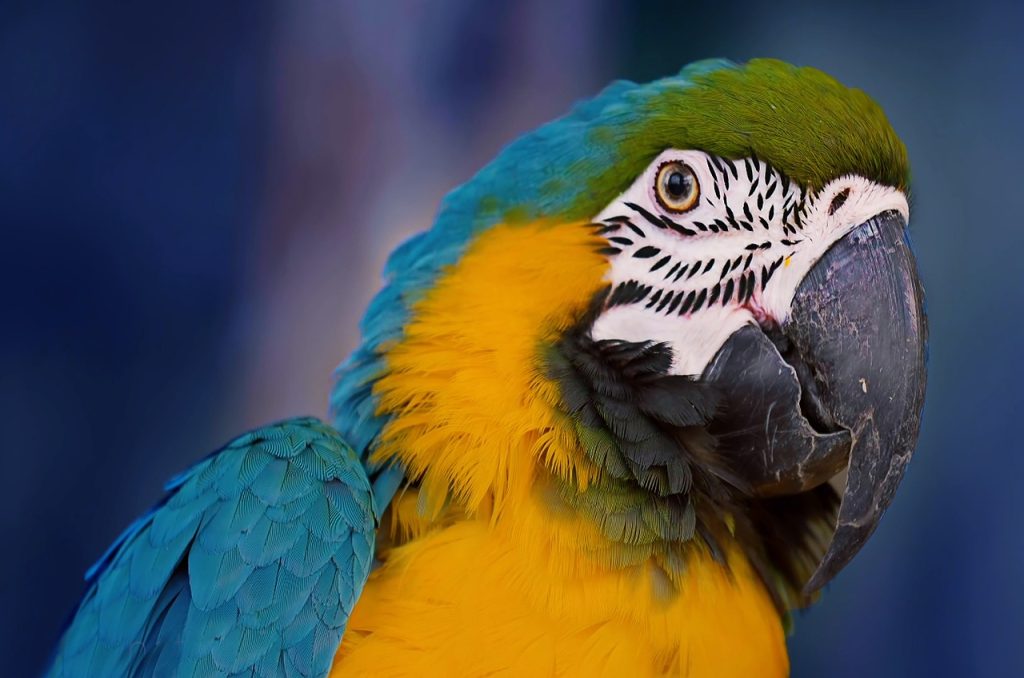
When you step out o fan air-conditioned plane and a blasto f hot, muggy tropical air hits your fase, you will know immediately that you have arrived in the Peruvian Amazon Basin. This at least is what most travelers experience when they come to the Amazonas – as it is known in Spanish – for few roads and just a few rivers connect this vast tracto f jungle territory with the rest of Peru.
Divided into three primary áreas, the Peruvian Amazonas offers a mixture of river life, jungle trekking, birding and animal-spotting, coupled with a dash of raucous city living when the need arises. There are only three towns of any size: one, Pucallpa, is reacheable by a paved road, another, Puerto Maldonado, by a rough dirt track and the third, Iquitos, is not even connected to the resto f Peru by road. The Peruvian Amazon is a vivid, bright, exotic and challenging frontier zone. It deserves your time and attention.



